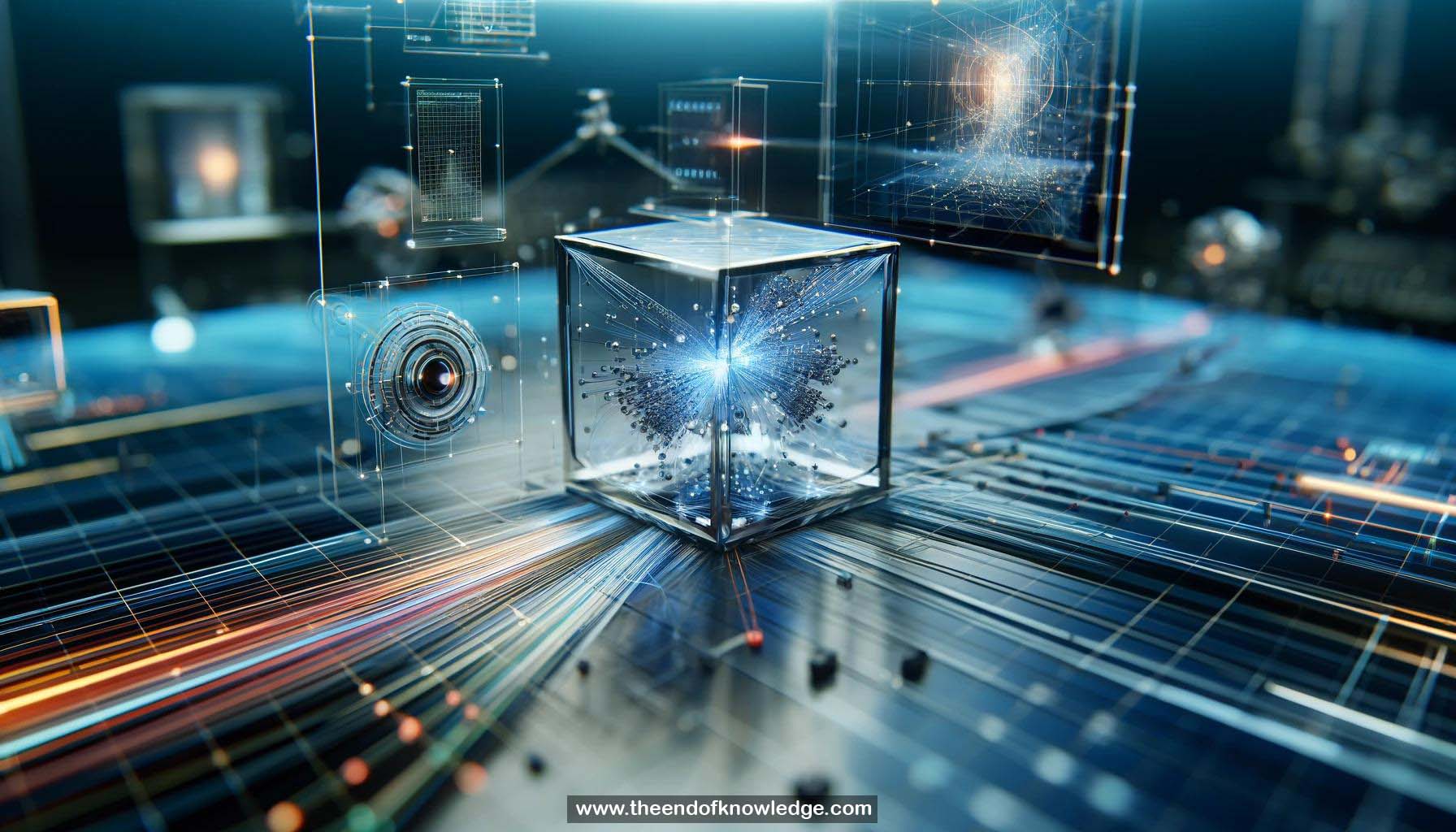 >
>
Concept Graph & Resume using Claude 3 Opus | Chat GPT4o | Llama 3:
Resume:
1.- DynaBar: Dynamic view synthesis from single moving camera video, rendering new views in space and time.
2.- Prior methods (DVS, NSFF) struggle with long, complex videos due to reliance on high-capacity MLPs.
3.- DynaBar insight: synthesize target image by stealing and blending pixels from nearby source frames at render time.
4.- Builds on IBRNet, a recent image-based rendering (IBR) method for static scenes using epipolar constraints.
5.- DynaBar accounts for scene motion by optimizing an MLP to describe 3D motion trajectories.
6.- Renders a ray at time t by advecting samples according to learned motion and projecting to other views.
7.- Stores motion instead of full 4D scene, letting source images store high-res appearance data for sharp outputs.
8.- Optimized per-video by rendering rays, comparing to ground truth, and adjusting motion based on reconstruction loss.
9.- Cross-time rendering: optimizing to render frames from different times improves generalization when freezing time and moving camera.
10.- Decomposes scenes into static and dynamic components, recompositing them to render new views.
11.- Enables effects like Hitchcock zoom, bullet time, video stabilization, synthetic aperture (bokeh), and adjustable focus.
12.- Outperforms recent dynamic NeRF methods (HyperNeRF, NSFF) in photorealism.
13.- Limitations: less camera movement than static scenes, requires camera poses, per-video optimization (potential for offline generalized training).
14.- Key insight: optimizing global motion model is more efficient than full scene geometry and appearance.
15.- Promising approach for scaling view synthesis to arbitrary videos, with room for further research and improvement.
Knowledge Vault built byDavid Vivancos 2024